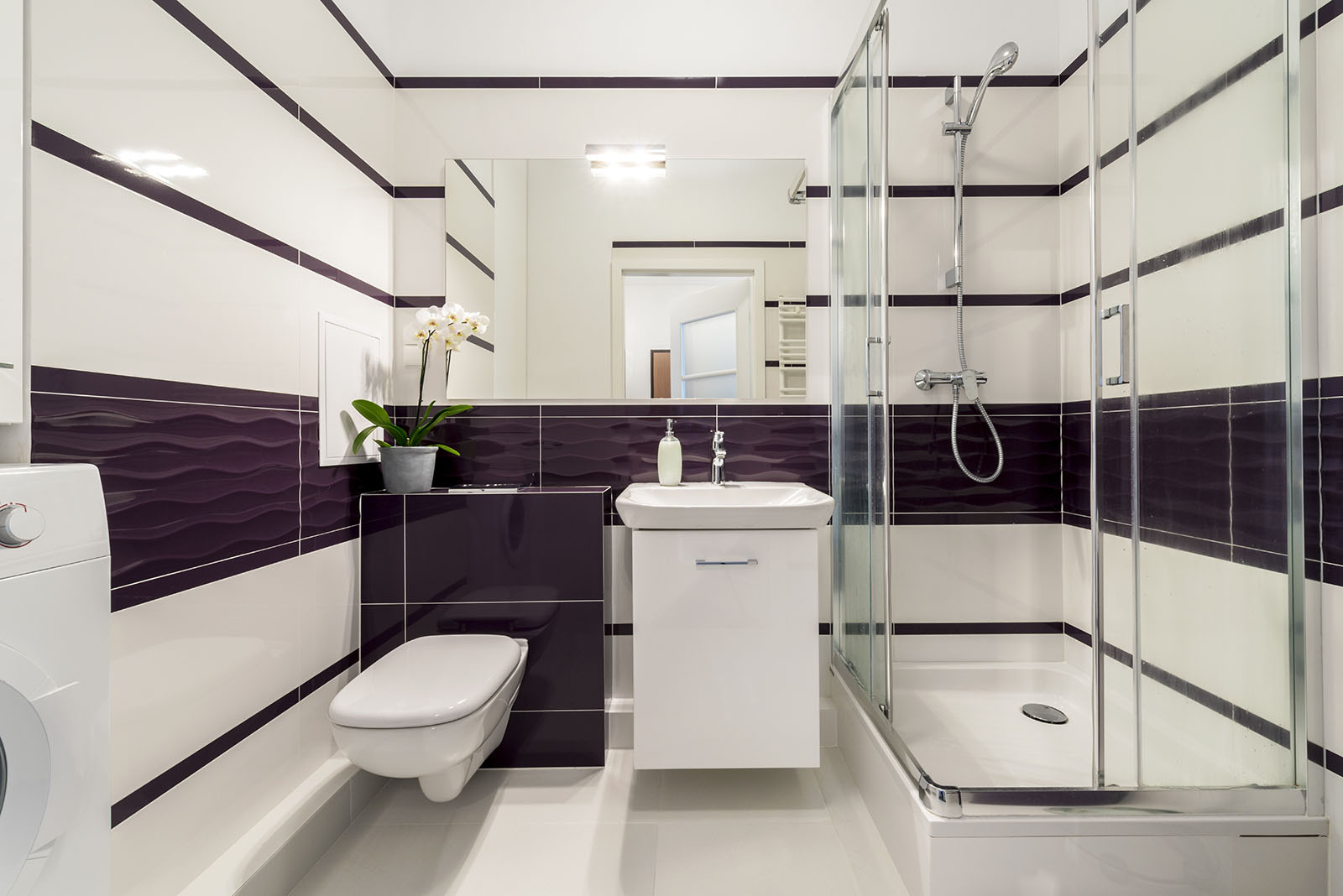
It is not easy to function if you are a person with a disability. In this era of the most modern equipment, we introduce solutions to our bathrooms to make daily life easier.
Barrier-Free Shower Cabin
The characteristic element of barrier-free cabins is the dual-hinged doors - the ability to open only the top part provides huge convenience, especially for those assisting with the bathing of disabled individuals. This is also a practical solution for parents bathing their children or older individuals. All of this is to provide full freedom of movement. A solid construction and appropriate execution are also essential.
A shower cabin designed for people with reduced mobility should have swing doors or sliding doors made of safe tempered glass. In the case of sliding doors, the cabin construction should not have a bottom frame, ensuring a step-free entrance. Accessories placed in the cabin, such as seats and handles, also facilitate the use of the shower. There are many types available on the market: angled, straight, folding, movable or fixed, mounted horizontally or vertically.
Bathroom for People with Disabilities
A bathroom is a room that every user, including those with mobility issues, should use freely. When planning a room tailored to the needs of a disabled or elderly person, proper design and the use of appropriate fittings are important. The sink in a bathroom for a person with a disability should be hung so that its bottom is above the knees of a person sitting in a wheelchair.
The toilet for a person with a disability should be positioned higher than the standard. The suggested height is 48 cm. You can choose a compact toilet or a wall-hung toilet bowl, which is specially extended to 70 cm to ensure safe use. The toilet seat must have the necessary cut-out for people with disabilities and be equipped with reinforced metal hinges to ensure the seat is securely placed.


















